现在我们要开始填充函数了。
def create_dataset(hm,variance,step=2,correlation=False):
val = 1
ys = []
for i in range(hm):
y = val + random.randrange(-variance,variance)
ys.append(y)
非常简单,我们仅仅使用hm变量,迭代我们所选的范围,将当前值加上一个负差值到证差值的随机范围。这会产生数据,但是如果我们想要的话,它没有相关性。让我们这样:
def create_dataset(hm,variance,step=2,correlation=False):
val = 1
ys = []
for i in range(hm):
y = val + random.randrange(-variance,variance)
ys.append(y)
if correlation and correlation == 'pos':
val+=step
elif correlation and correlation == 'neg':
val-=step
非常棒了,现在我们定义好了 y 值。下面,让我们创建 x,它更简单,只是返回所有东西。
def create_dataset(hm,variance,step=2,correlation=False):
val = 1
ys = []
for i in range(hm):
y = val + random.randrange(-variance,variance)
ys.append(y)
if correlation and correlation == 'pos':
val+=step
elif correlation and correlation == 'neg':
val-=step
xs = [i for i in range(len(ys))]
return np.array(xs, dtype=np.float64),np.array(ys,dtype=np.float64)
我们准备好了。为了创建样例数据集,我们所需的就是:
xs, ys = create_dataset(40,40,2,correlation='pos')
让我们将之前线性回归教程的代码放到一起:
from statistics import mean
import numpy as np
import random
import matplotlib.pyplot as plt
from matplotlib import style
style.use('ggplot')
def create_dataset(hm,variance,step=2,correlation=False):
val = 1
ys = []
for i in range(hm):
y = val + random.randrange(-variance,variance)
ys.append(y)
if correlation and correlation == 'pos':
val+=step
elif correlation and correlation == 'neg':
val-=step
xs = [i for i in range(len(ys))]
return np.array(xs, dtype=np.float64),np.array(ys,dtype=np.float64)
def best_fit_slope_and_intercept(xs,ys):
m = (((mean(xs)*mean(ys)) - mean(xs*ys)) /
((mean(xs)*mean(xs)) - mean(xs*xs)))
b = mean(ys) - m*mean(xs)
return m, b
def coefficient_of_determination(ys_orig,ys_line):
y_mean_line = [mean(ys_orig) for y in ys_orig]
squared_error_regr = sum((ys_line - ys_orig) * (ys_line - ys_orig))
squared_error_y_mean = sum((y_mean_line - ys_orig) * (y_mean_line - ys_orig))
print(squared_error_regr)
print(squared_error_y_mean)
r_squared = 1 - (squared_error_regr/squared_error_y_mean)
return r_squared
xs, ys = create_dataset(40,40,2,correlation='pos')
m, b = best_fit_slope_and_intercept(xs,ys)
regression_line = [(m*x)+b for x in xs]
r_squared = coefficient_of_determination(ys,regression_line)
print(r_squared)
plt.scatter(xs,ys,color='#003F72', label = 'data')
plt.plot(xs, regression_line, label = 'regression line')
plt.legend(loc=4)
plt.show()
执行代码,你会看到:

判定系数是 0.516508576011(要注意你的结果不会相同,因为我们使用了随机数范围)。
不错,所以我们的假设是,如果我们生成一个更加紧密相关的数据集,我们的 R 平方或判定系数应该更好。如何实现它呢?很简单,把范围调低。
xs, ys = create_dataset(40,10,2,correlation='pos')
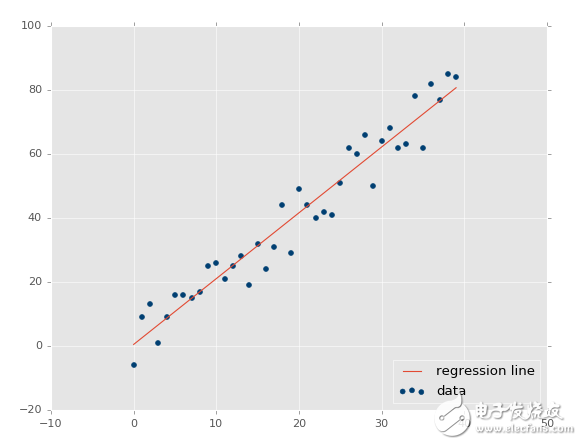
现在我们的 R 平方值为 0.939865240568,非常不错,就像预期一样。让我们测试负相关:
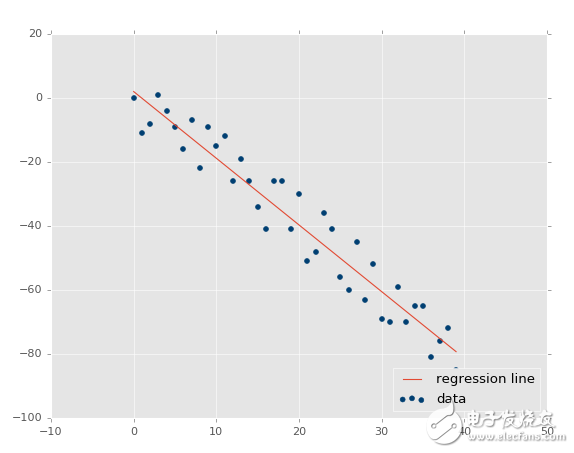
xs, ys = create_dataset(40,10,2,correlation='neg')
R 平方值是 0.930242442156,跟之前一样好,由于它们参数相同,只是方向不同。
这里,我们的假设证实了:变化越小 R 值和判定系数越高,变化越大 R 值越低。如果是不相关呢?应该很低,接近于 0,除非我们的随机数排列实际上有相关性。让我们测试:
xs, ys = create_dataset(40,10,2,correlation=False)
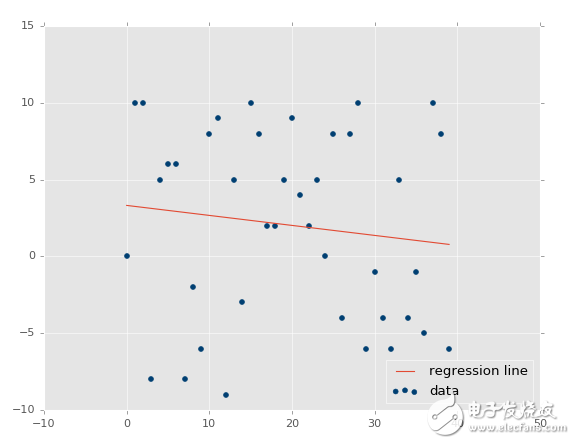
判定系数为 0.0152650900427。
现在为止,我觉得我们应该感到自信,因为事情都符合我们的预期。
既然我们已经对简单的线性回归很熟悉了,下个教程中我们开始讲解分类。
 电子发烧友App
电子发烧友App









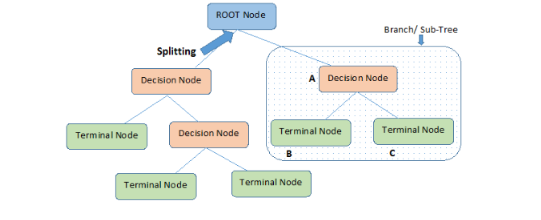
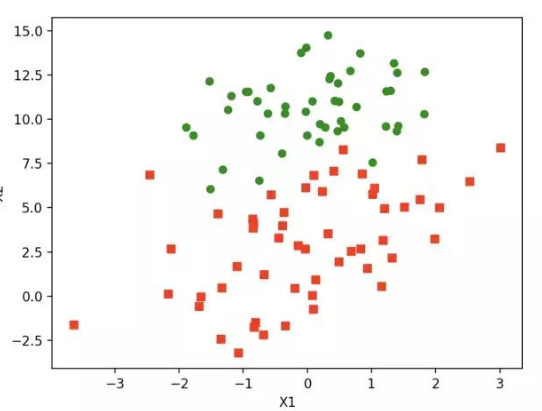





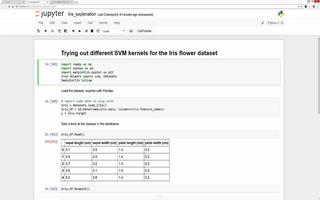
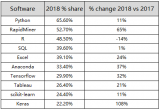

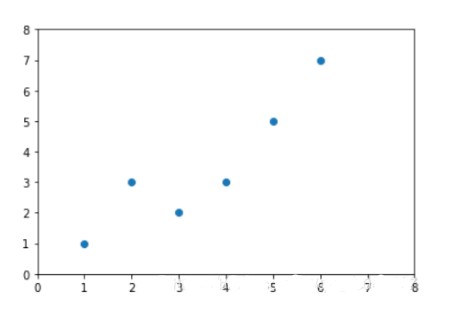
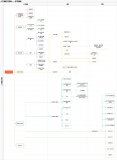


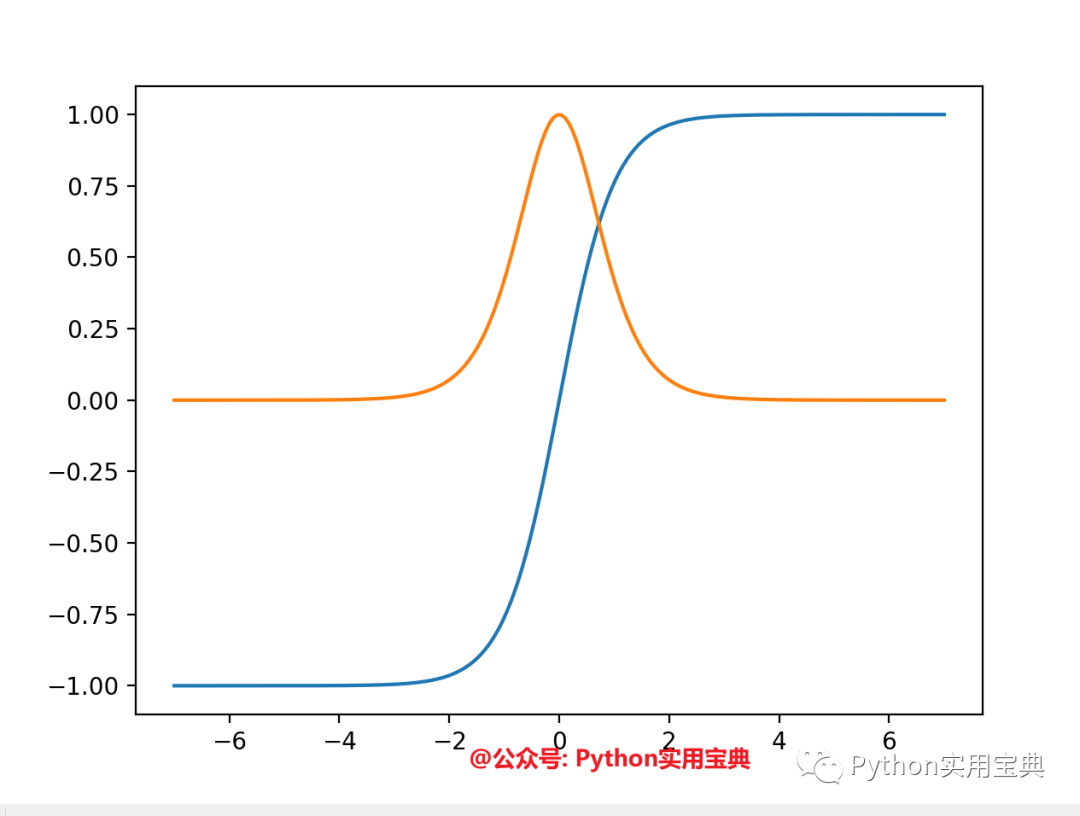










评论